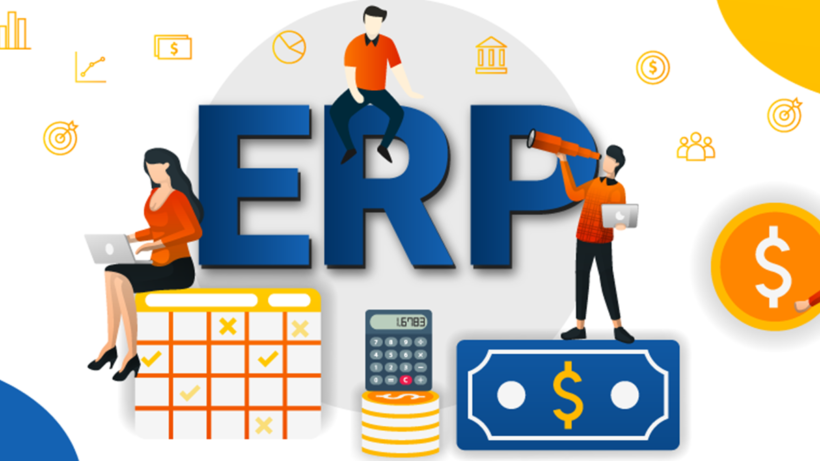When you look for simple solutions to save money in your business, consider improved supply chain planning as a method of cost-cutting. Logistics cost US businesses more than $1 trillion annually, says the Council of Supply Chain Management Professionals. That makes logistics an ideal spot to start reducing costs while improving efficiency. You can most easily do that by implementing the use of enterprise resource planning software (ERP) software which lets you automate some aspects of your business and find waste areas you can reduce or cut entirely. These flexible software programs accomplish multiple tasks and can assist you in a multitude of logistic areas.
- Get data analysis and insights. ERP improves business decision making by providing timely, accurate data. The real-time data and on-the-fly reports help you make decisions. The software programs provide inventory data, production information, and purchasing data.
- You can automate purchasing tasks. Many ERP solutions integrate a Supply Chain Management (SCM) system that lets you automate orders when inventory drops to a specific level. You can still manually order when an uptick of need occurs.
- Vendor monitoring. Analyze the metrics of vendor delivery and servicing. You can easily analyze cycle times, error rates, and other delivery issues.
- Manage inventory and orders in real-time. Eradicate the need for lists, spreadsheets, and other forms of paper waste and/or extraneous compilations. An ERP shows exact numbers in real-time. More important, while lists and spreadsheets have their limits to scalability, ERP does not.
- Implement process standardization. Every person in your organization will use the central system, so you reduce errors and inefficiencies. The ERP ensures every order follows procedure and each employee obtains appropriate permissions on each order.
- Veracity and Transparency. Decrease shrink and fraud by using an ERP. The system makes inventory counts easier and makes it tougher for employees to steal items.
- Improved communications. When all staff of a company communicates better with one another and outside vendors and stakeholders, it improves efficiency and productivity. An ERP streamlines communications.
- Identify and address customer needs. Using an ERP helps you determine quickly which products prove popular and which do not. You can reduce the production of products customers rarely need, thus saving you money by decreasing manufacturing costs and overruns, decreasing storage needs, and freeing resources to manufacture more of popular products or to revamp those that customer input says need change.
- Made for Just-in-time (JIT) Manufacturing. When your company must operate at an optimum level at all times as a just-in-time manufacturing firm, you need an ERP to help lower overhead costs, decrease inventory costs, and help spot where you can reduce costs.
- Create system-wide cost awareness. A company’s managers may have no idea of the expenses and real costs of the other managers within the supply chain. An ERP improves communication and helps strategize potential streamlining procedures.
- Make returns management more efficient. Make it simpler for your customers and retailers to return products. Improvements in this area can help you discover product issues to correct in a new version as well as improve customer relations.
- Improved accounting processes. You can make your CPAs happier by integrating inventory, finance, human resources, management, and manufacturing all in one handy software. It reduces paperwork and streamlines invoicing.
Using an ERP contributes a huge boon to your planning processes. You can easily implement this software to improve your company’s bottom line.
Laila Azzahra is a professional writer and blogger that loves to write about technology, business, entertainment, science, and health.
